Trending:
Bollywood: Still shy of handling the trauma of Partition
Women—who were paraded naked in the markets, abandoned by their own families after being raped or abducted; children—who lost their family members—their stories remain largely undocumented in Bollywood films.News Arena Network - Chandigarh - UPDATED: September 14, 2025, 12:25 PM - 2 min read

‘Gadar’ used the Hindu-Muslim love story in the backdrop of blood-thirsty hatred between the two communities to create a new success formula.
The heated debates and controversies around the recently released ‘The Bengal Files’ register a rare moment in the history of Bollywood, that has largely treated an important chapter of India’s modern history—the Partition of 1947—rather sparsely. ‘The Bengal Files’ is accused of showing the raw brutality of Hindu genocide on the Direct-Action-Day—a plan of the All-India Muslim League—that proposed a general strike and economic shut down of the city of Calcutta (now Kolkata) on August 16, 1946, to press the demand for a separate Islamic state. But the call ended in mayhem spread over three days, so brutal that was never witnessed before. Pictures of vultures waiting to devour the human cadaver scattered across the streets of Calcutta appeared in the international press.
‘The Bengal Files’ is accused of removing the filters of India’s secular credentials and peace-loving stance while portraying history; the balancing act manoeuvred by Bollywood over decades to blunt the edges of communal unrest.
It is debatable whether it is justified to depict history without filters or to colour it with contemporary political correctness.
Partition of love stories
Barring a few exceptions, Bollywood skirts around the issue of communal violence preceding the Partition. At best it uses Partition as a backdrop to highlight the stereotypes it has devised to evade antagonising either of the communities for box-office considerations. One is, to bring Gandhi or a Gandhain, as a character and allow him to mouth lofty ideals of world peace to brush the communal issues under the carpet. This helps the warring communities treat each other as brothers on celluloid. It eases the film’s clearance for certification from the Censor. Two, to narrate a Hindu-Muslim love story in the backdrop of blood-thirsty hatred between the two communities. Often, these stories have a Hindu hero, who rescues a Muslim damsel in distress. ‘Gadar’ used this device to create a new success formula. Then, there is the good Samaritan, who is unfailing in his humanism amidst the all- pervading hatred and violence.
The reality of the Partition—as experienced by the common men and women who were uprooted, maimed and killed, fails to come through. Women—who were paraded naked in the markets, abandoned by their own families after being raped or abducted; children—who lost their family members—their stories remain largely undocumented in Bollywood films.
The struggles of millions of refugees to find means of livelihood, education, health-care and a roof over their heads in a new place among strangers—have failed to make it to the celluloid for posterity.
Only a few films add gravitas while dealing with a complex web of history of invasions, proselytisation, the impact of communal electorate introduced by the British; of the European mechanised industrialisation on India’s cottage industry—resulting in economic crisis that further fuelled the communal sentiments. Most filmmakers do not wish to burden their viewers on the economic disparities that existed between communities and the discrimination refugees had to put up with in their own country.
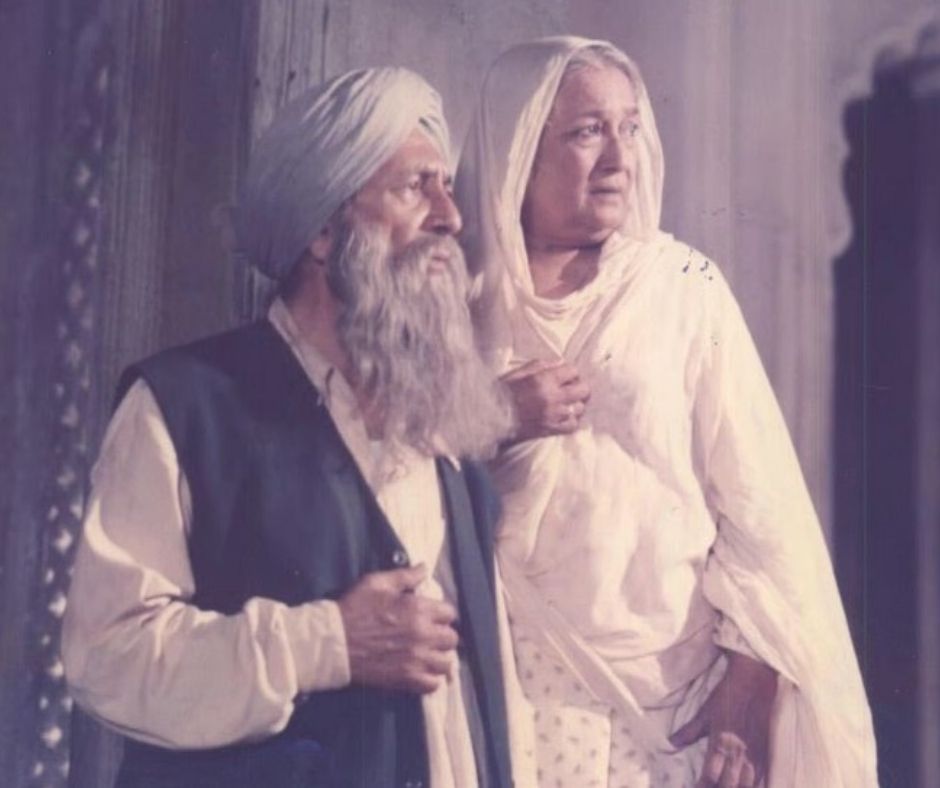
The heart-wrenching tales
The dirge that begins with a heart-rending cry of ‘O Rabba’, in ‘Tamas’, a series by Govind Nihalani made for Doordarshan based on Bhisham Sahni’s novel, is still etched in the memory of masses. A few scenes became iconic and immersive for depicting the human tragedy with honesty. The call of Uttara Baokar to the Sikh women, whom she addresses before the collective suicide “Guru ki singhanio, Turk aa gaye hain…,” is a reminder of the layered history of invasions and violence faced by the community. The group of Sikh women march to a well and jump into it to save their honour rather than facing the rioters—many holding their infants to their chest. ‘Tamas’ re-visited the wounds of Partition with the objective of offering a lesson in history.
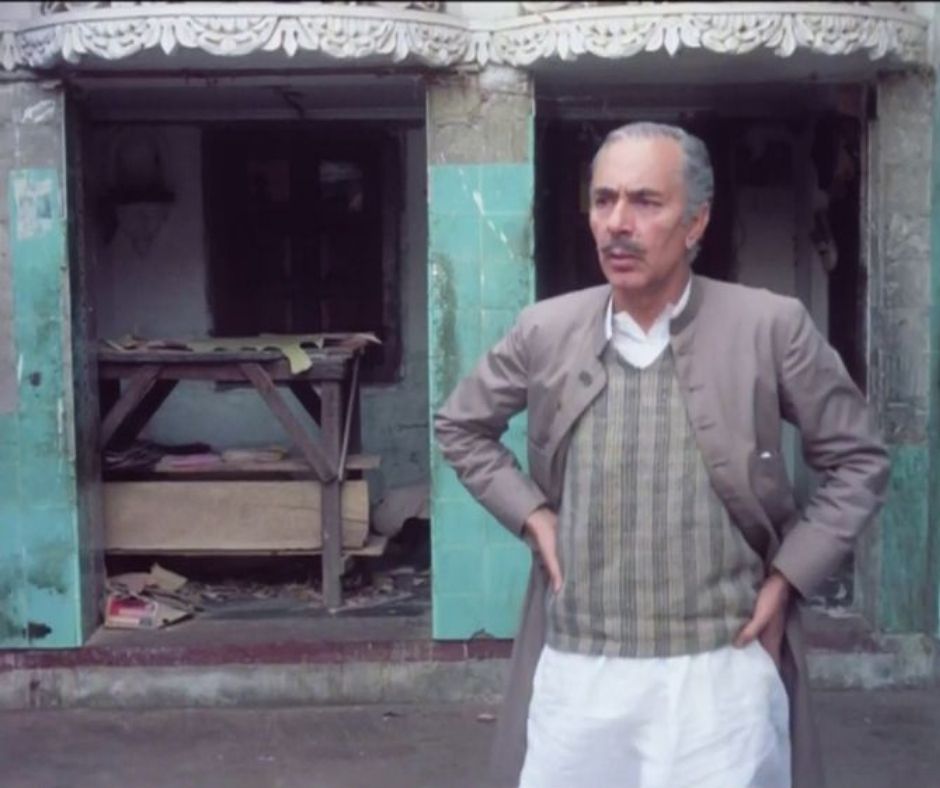
MS Sathyu’s ‘Garam Hawa’ evaded all stereotypes to highlight the predicament of Muslims who shunned Pakistan’s religious identity as the foundation of the newly-carved nation to retain their motherland’s identity. It also pointed at the economic crisis of the businesses owned by Muslims in post-Partition India and the internal crisis of a Muslim family divided by their loyalty between India and Pakistan. ‘Garam Hawa’ is one of the sincerest attempts at understanding the many implications of the Partition on the lives of common men and women.
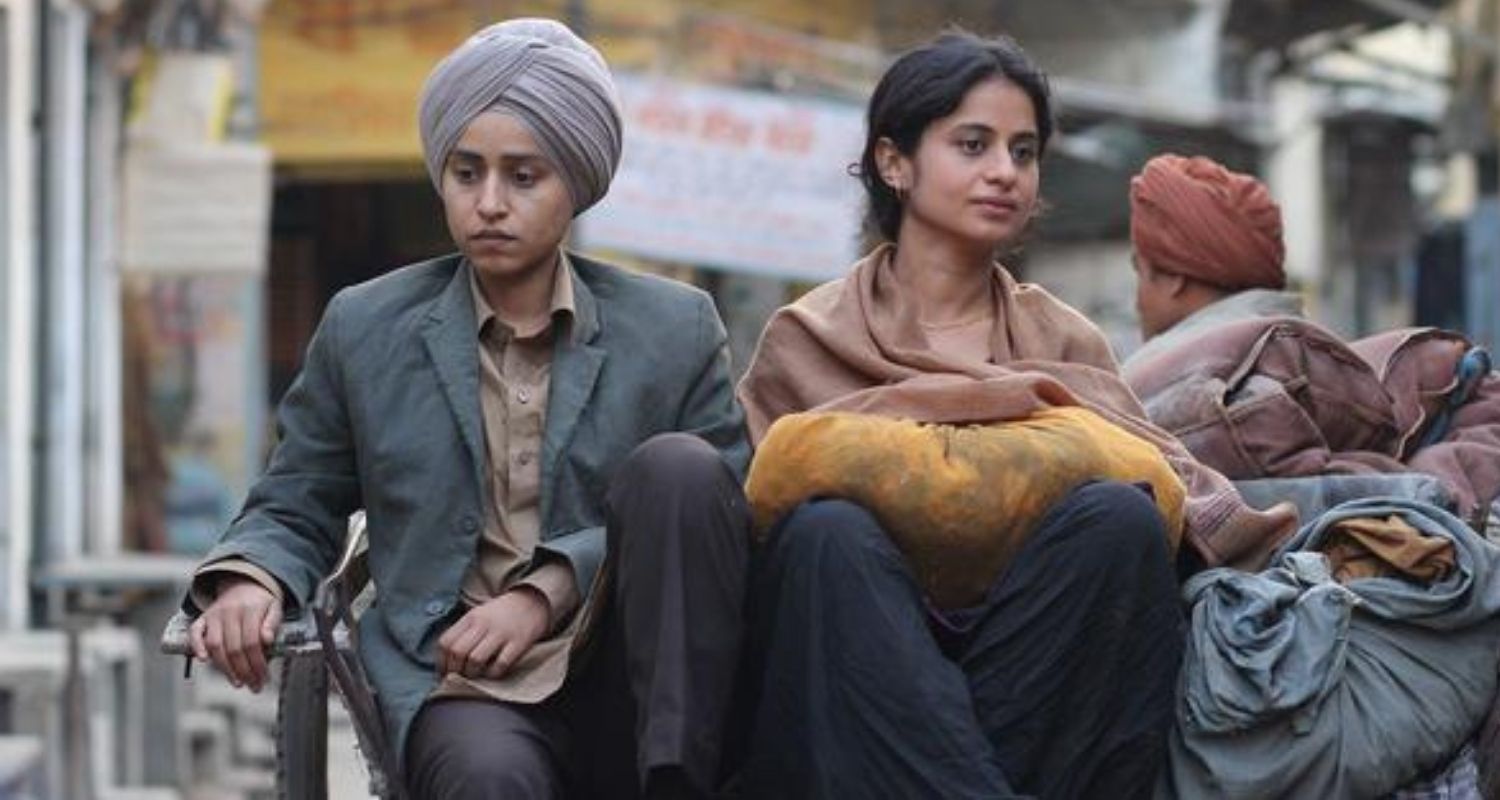
‘Qissa—The Tale of A Lonely Ghost’, an Indo-German production by Anup Singh, with its powerful performances, brings to the fore the need to preserve patriarchal thread in a community that resisted invasions and plunder for centuries. It tells the story of Punjab through the protagonists’ dilemmas; the guilt Umber Singh carries for poisoning a well in the fury of the Partition, which took away everything from him; his obsession to have a son to protect his family and compulsion to give a male identity to one of his daughters stems from the long, complex history of the land. The film uses strong visual imagery to narrate the psychological distortions caused by the bloody events of Partition. They remain etched in public memory as footprints of history.
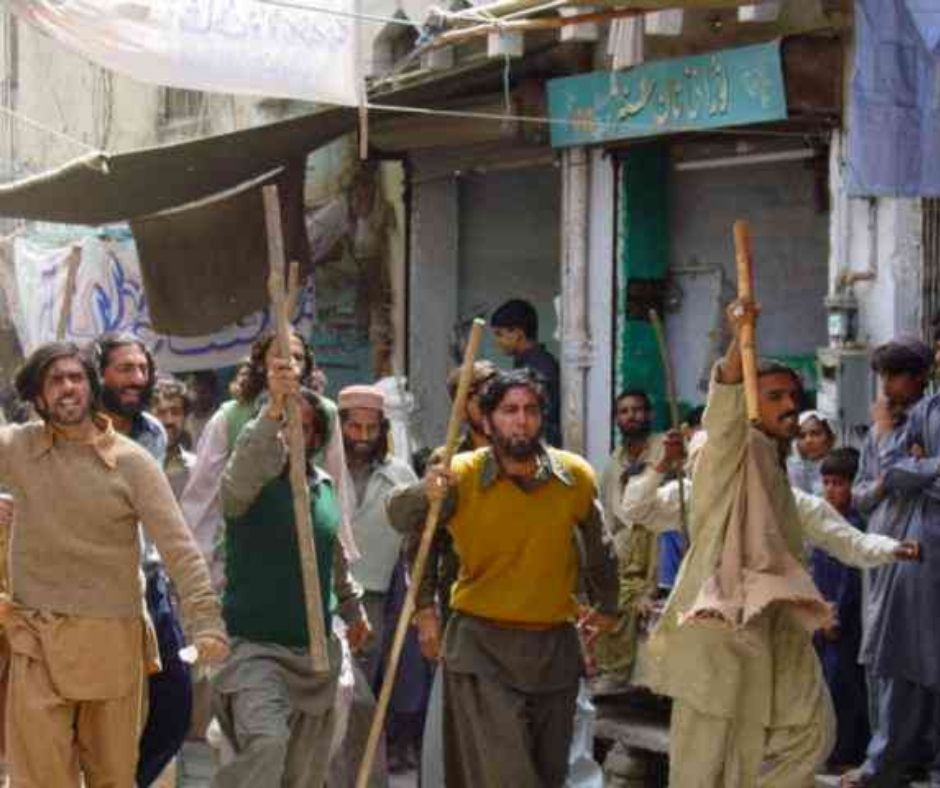
An Indo-Pakistan-Canadian joint production ‘Khamosh Pani’ highlights the plight of millions of women who paid the price for the independence of two nations. Based on a Muslim woman Ayesha’s narrative of her escape from a well, where her sister and mother committed collective suicide, her marriage to her rapist and abductor, a Muslim and her conversion to Islam, her role of a teacher of Quran to the village girls—none could establish her loyalty as a Muslim to the Islamists that began to dominate the political landscape of Pakistan. The ideological conversion of her son by the Islamists breaks her heart. Ayesha represents millions of Hindu and Sikh women who were left behind in Pakistan and the Muslim women abducted by Sikhs and Hindus during the communal frenzy of 1947. Ayesha is defeated by the communal forces despite her severance with her roots and a complete transformation of identity. The film underlines legitimacy accorded to the communal forces, once they created a country on religious lines.
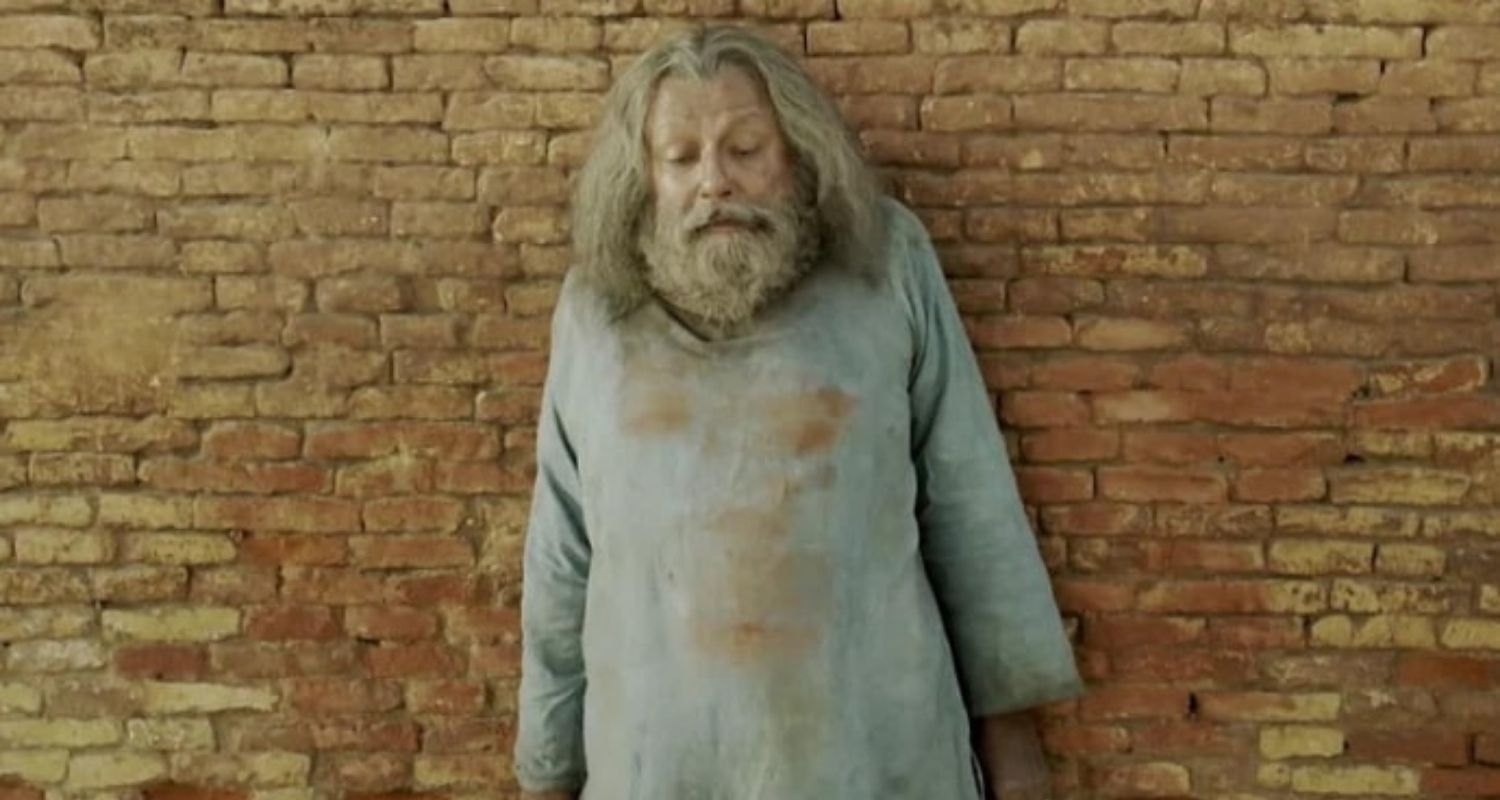
‘Toba Tak Singh’ and ‘Begun Jaan’ also look at the tragedy from different perspectives.
Lost in translation
Films on the Partition are as such few and far between; as a theme, Partition has failed to resonate with the audiences. It could be due to a half-hearted attempt or lack of interest in the Partition beyond Punjab. Only ‘Hey Ram’ attempted to portray the horrors of the Partition of Bengal before ‘The Bengal Files’. Several novels based on the theme of Partition were brought on the celluloid but they failed to give the same experience as offered by the book. Much was lost in the celluloid interpretation. The worst of these attempts was Pamela Rook’s ‘A Train to Pakistan’, based on Khushwant Singh’s iconic novel. ‘Earth’, based on ‘The Ice Candy Man’, produced by Deepa Mehta, equally left the audience unmoved despite its well-crafted scenes of rioting and killing. Ditto was the case of Salman Rushdie’s ‘Midnight’s Children’, a brilliant novel lost on the celluloid. ‘Pinjar’ too failed to evoke the emotions stirred by Amrita Pritam’s story.
Also read: The Bengal Files secures first Kolkata screening after setbacks
Most directors fail to evoke the sentiment of the times and the trauma associated with uprooting of the masses. These films are invested heavily in recreating the scale of the tragedy—in the process they fail to make an impact at micro level—failing to empathise with people’s desperation and loss.
Lack of perspectives
Bollywood has still not produced a film of the dimensions of ‘The Schindler’s List’. Hollywood does not let the world forget horrors of the Holocaust by constantly engaging the global audience with films based on the tragedy. They have been looking at it from diverse perspectives.
Punjab lost its four gharanas of classical music; its rich tradition of the stringed instruments and highly sophisticated knowledge of percussion; not a single film, not even a documentary is made on the cultural loss of Punjab due to the Partition. Think of ‘The Pianist’ and the recently released ‘The Brutalist’, which examines the influence of the experience of Holocaust on the architectural practices of Europe. Or the psychological implications of bearing violence and making difficult choices in ‘Sophie’s Choice’, or profound lessons learnt through unbearable tragedies, as in ‘Life is Beautiful’.
‘Son of Saul’, ‘The Book Thief’, ‘The Pawnbroker’, ‘Woman in Gold’—the titles have given the global audience a peep into the lives of the Holocaust survivors—exploring the depth and scope of their desolation, desperation and unimaginable loss. The colossal tragedy of the Partition of India is either trivialised, diffused or ignored by Bollywood.
By Vandana Shukla
